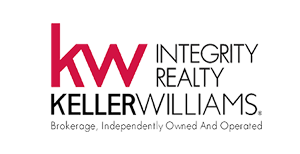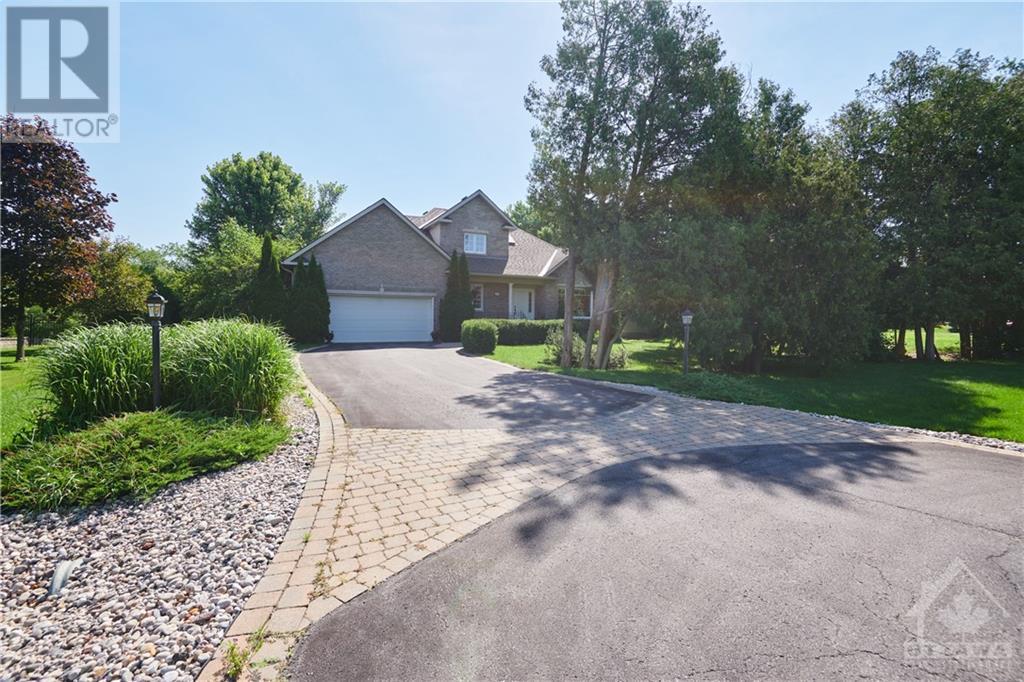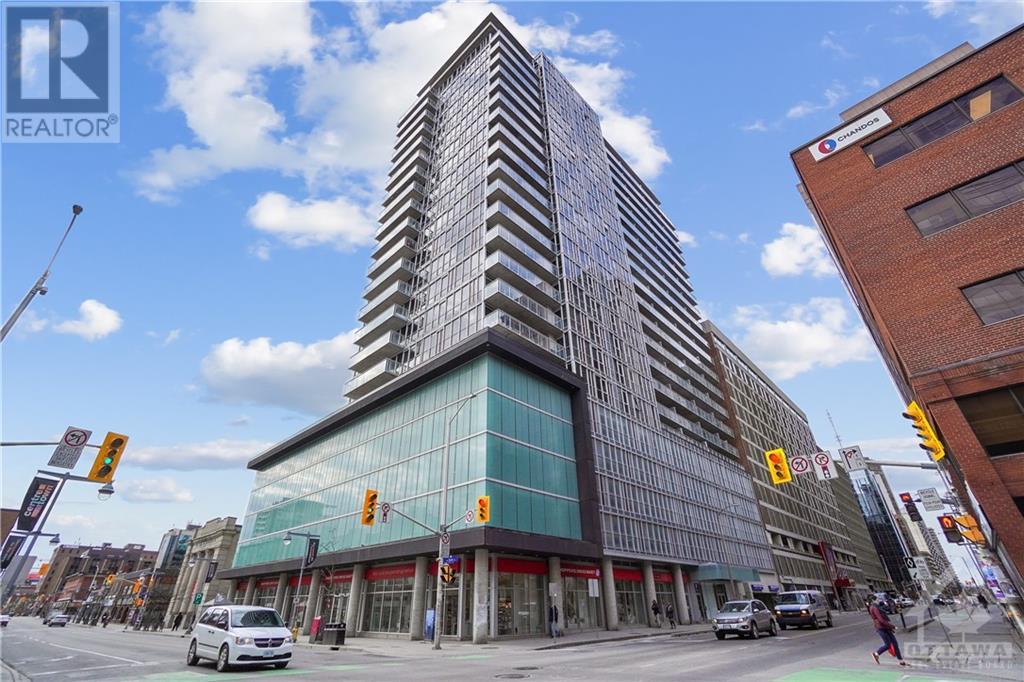Ottawa Surrounding Areas
Ottawa Surrounding Areas


The old city of Ottawa was amalgamated with the suburbs of Nepean, Kanata, Gloucester, Rockcliffe Park, Vanier and Cumberland, and the rural townships of West Carleton, Osgoode, Rideau and Goulbourn, along with the systems and infrastructure of the Regional Municipality of Ottawa-Carleton, to become one municipality.
Only a short distance from Canada’s capital city Ottawa, is the vibrant suburban community of Kanata. In 2001, Kanata amalgamated with the new City of Ottawa. Although the area is a bedroom community to its larger neighbour, it also has its own lively and growing business center. Once dominated by the agricultural industry, Ontario’s Kanata is now home to a variety of hi-tech employers. Along with a growing business culture, there are also many attractions to explore in the area. Kanata boasts a lively nightlife scene, with venues that range from energetic nightclubs to laid back restaurants, and plenty of family-friendly activities. Just a stones throw away is The Canadian Tire Centre which is home to the Ottawa Senators and it also holds the biggest shows and the best events that the nation’s capital has to offer.
Kanata has many sub-communities: Beaverbrook, Bridlewood, Glen Cairn, Harwood Plains Kanata, Kanata Lakes, Kanata West, Kanata Estates, Katimavik-Hazeldean, Lakeside, Malwood, Marchhurst, Marchwood, Morgan’s Grant, South March, South March Station, Strathearn and Town Centre (Kanata)


Kanata Lakes has several sports associations with regular activities, the most visible being the large golf clubs (one of them right in the middle of the town), the sailing club and the bicycle club. There is also Kanata Soccer, March Kanata Tennis Club, Kanata Blazers minor hockey and March Kanata figure skating club.

Kanata Lake Schools Include:
- All Saints Catholic High School
- St. Gabriel School
Notable buildings and institutions
- The Kanata Centrum power centre; together with adjacent developments, Ottawa’s third largest shopping centre.
- AMC Kanata 24 Theatres, the largest movie theatre in Ottawa.
Links:
Golf Club: http://kanata.clublink.ca/
Kanata Sailing Clubs http://kanatasailingclub.com/
AMC Theatres: https://www.landmarkcinemas.com/kanata
Ottawa Mountain Bike Association: http://ottawamba.org/cms/march-highlands-map/
Although the neighboring municipality of Kanata formed the entrepreneurial and high tech center of the region, Nepean hosted noted industries such as Nortel Networks, JDS Uniphase and Gandalf Technologies. As with the rest of the National Capital Region, however, Nepean’s economy was also heavily dependent on federal government employment. Most of Nepean’s employed residents commute to downtown Ottawa or Kanata for work.
Nepean City Hall : Ben Franklin Place

Ben Franklin Place, located in Centrepointe, was formerly the city hall for Nepean until it became a part of Ottawa. Now, it serves as a government office and client service centre, as well as continuing to be home to a branch of the Ottawa Library and the Centrepointe Theatre.
Links:
Nepean Museum: http://www.nepeanmuseum.ca/
Centrepointe Theatre: http://www.centrepointetheatre.com/
Nepean Sailing Club: http://nsc.ca/


Links:
Stittsville Village Association: http://www.stittsvilleva.com/
Stittsville Central: http://stittsvillecentral.ca/
The main highway linking Orleans to central Ottawa to the west is officially known as Ottawa Regional Road 174 and forms part of the Queensway.

Orleans has over 20 neighbourhoods, some of the well-known enclaves inside Orleans are: Avalon, Chapel Hill, Fallingbrook, and Queenswood Heights.
Fitzroy Harbour Community Association: http://www.fitzroyharbour.com/
Fitzroy Harbour Soccer Club: http://fitzroysoccer.com/
Fitzroy Provincial Park – Ontario Parks: https://www.ontarioparks.com/park/fitzroy


City of Carp Website: http://www.carp.ca/
Carp Facebook Page: https://www.facebook.com/CARP/
Carp Fair: http://carpfair.ca/

Links:
Dunrobin Community Association: http://www.dunrobincommunity.com/
Dunrobin Meat & Grocery: http://dunrobinmeat.com/

Eagle Creek Golf Club: eaglecreek.clublink.ca


Links:
Best of Kemptville: http://www.bestofkemptville.com/
Kemptville District Soccer Club: http://www.kemptvillesoccer.com/
Kemptville Live Music Festival: https://www.kemptvillelivemusicfestival.com/
Kemptville District Hospital: http://www.kdh.on.ca/


The Barrhaven Blog: http://www.barrhavenblog.com/
Cineplex Odeon Barrhaven Cinemas: http://www.cineplex.com/Theatre/cineplex-odeon-barrhaven-cinemas


Link to Westboro Village: http://www.discoverbarrhaven.com/bbia/disc-about-history.html






